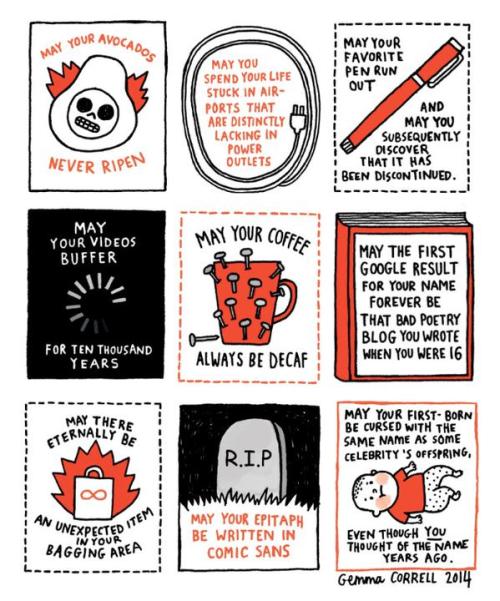-
Working on my picture books all day today with support from my faithful butler, Ted.
-
Working on my picture books all day today with support from my…
Working on my picture books all day today with support from my faithful butler, Ted. -
“Mr White” – Yiting Lee Illustration
"Mr White" - Yiting Lee Illustration: Current favourite. So simple and yet Arlo wants it read every day. -
“Mr White” – Yiting Lee Illustration
"Mr White" - Yiting Lee Illustration: Current favourite. So simple and yet Arlo wants it read every day. -
magictransistor: Parliament (Funkadelic), Mothership…
magictransistor: Parliament (Funkadelic), Mothership Connection, Casablanca Records. 1975. George Clinton & Parliament-Funkadelic, The Mothership Connection; Live from The Summit in Houston, Texas (Capitol Records), 1976. -
magictransistor: Parliament (Funkadelic), Mothership…
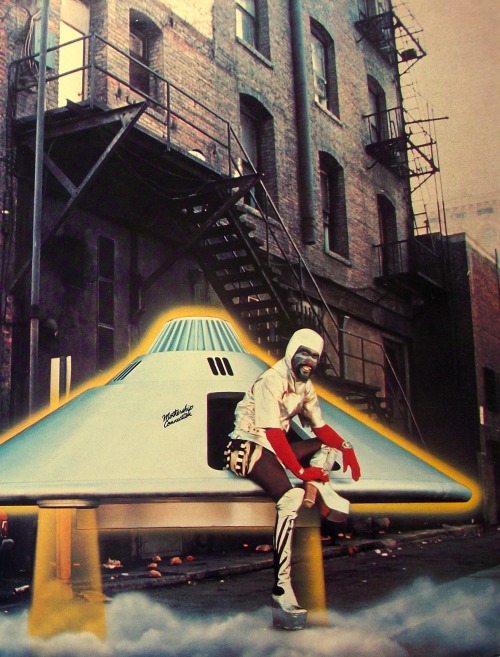

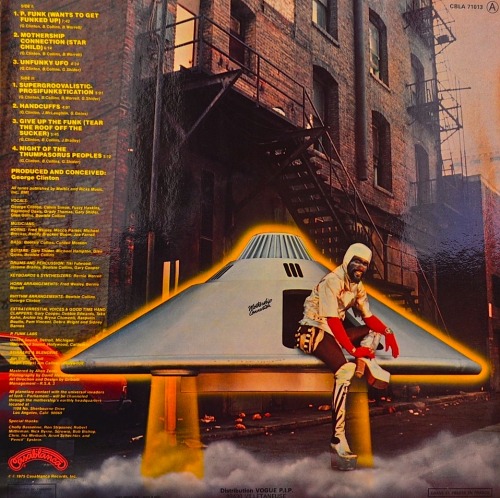

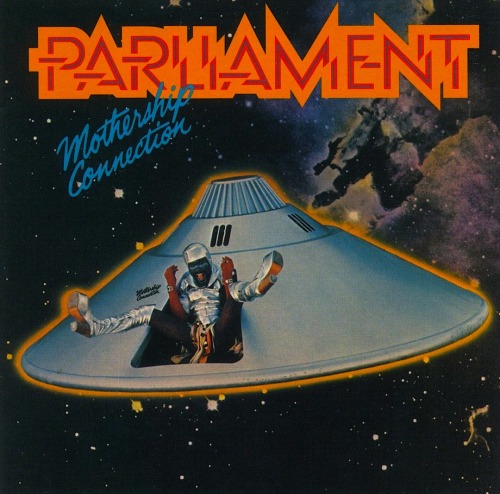

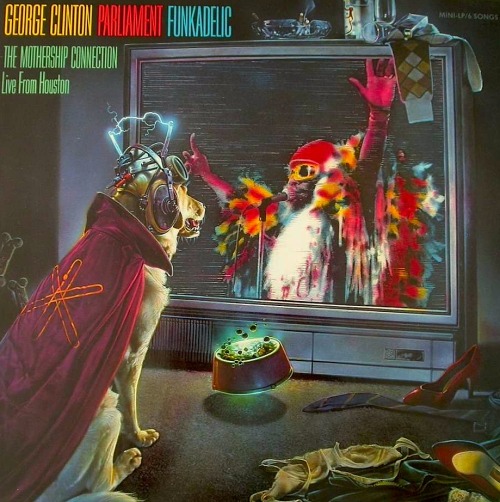
Parliament (Funkadelic), Mothership Connection, Casablanca Records. 1975.
George Clinton & Parliament-Funkadelic, The Mothership Connection; Live from The Summit in Houston, Texas (Capitol Records), 1976.
-
micdotcom: Brilliant feminist store is only charging women 76%…

Brilliant feminist store is only charging women 76% of the retail price
Elana Schlenker, a 31-year-old graphic designer, opened 76But wait, the store’s feminist actions get even better.
-
micdotcom: Brilliant feminist store is only charging women 76%…

Brilliant feminist store is only charging women 76% of the retail price
Elana Schlenker, a 31-year-old graphic designer, opened 76But wait, the store’s feminist actions get even better.
-
Ayn Rand Reviews Children’s Movies – The New Yorker
Ayn Rand Reviews Children’s Movies - The New Yorker -
-
Two massive hairy spiders in my bath. Trying to rinse them down…
Two massive hairy spiders in my bath. Trying to rinse them down the plug hole. Not working. -
Assertiveness & Leonard Nimoy
I dreamt that the late Leonard Nimoy had got us the best seats at an amazing sports game somewhere which looked a bit like Las Vegas last night. I was with my son and husband and could see two enormous, Ghostbusters-era, CG, electrical-mega-tornado storms coming up in the distance behind us. I kept mentioning to Mr Nimoy that perhaps we should go and shelter somewhere, but he told me he had ‘gone to a lot of trouble to get the best seats’ etc etc and I ‘wouldn’t want to miss it’. I woke up wondering how many times my inability to say ‘no’ in order to not sound terribly rude and unappreciative had sent me down the wrong path. Anyway, this is my thought for the day, my decisions need to start coming from somewhere other than my need to not upset the apple-cart. Thanks Dr Spock.
-
Sinister Mr Ted.
Sinister Mr Ted. -
Ten Myths About Writing for Kids
There are a lot of misconceptions about writing for children, some amusing and some surprising. In order to create appealing works for both young readers and editors, writers need to be able to separate truth from fiction. Here’s a top ten list of some of the most prevalent myths:
1. Children’s literature must be cutesy, and you shouldn’t use hard words.
This is the most widespread misconception and also the worst one. Stop and think about the child — you — that urbane and discriminating young reader who thrilled your school librarian, exasperated your parents, or most likely did both simultaneously and interchangeably. That’s who you’re writing for. Children today are just as clever, discerning, and shrewd as we were, and with the addition of computers and the Internet, they’re also worldly and sophisticated to an unprecedented degree.
Steer clear from twee language and baby talk, and never write down to children. Kids won’t tolerate being patronized or condescended to any more than any self-respecting adult.
Moreover, writers should never underestimate the amazing and marvelous ability kids have to learn new words. Children are developmentally primed to acquire words with greater speed and efficiency than our poor, mature brains could ever hope to match. By age six, children have a vocabulary of around 14,000 words [1], having acquired an average of nine words a day during their preschool years [2]. During those formative years up through young adulthood, school-aged children will double that number [3].
So don’t “dumb down” your writing. The best way for kids to expand their vocabularies is by encountering new words in an engaging context. It does a disservice to young readers, and to yourself as a writer, if you balk at challenging them.
2. All stories for children should have a moral or teach a lesson.
-
Critique Terror
The ‘critique group’ stage of writing stories is terrifying. Is my skin thick enough to survive this or will I end up feeling disappointed and panicky, in a crumpled heap of tears and aloe-infused tissues? Probably both.
-
claraduparc: Traditional Easter lie-in.
claraduparc: Traditional Easter lie-in. -
Traditional Easter lie-in.
Traditional Easter lie-in. -
Booking this year’s festivals and looking back at last year’s…

Booking this year’s festivals and looking back at last year’s weekend adventures in our fabulously elderly and infirm caravan. This was one particularly rainy day, but who cares - I LOVE THIS THING.
-
Running with the wind
This was the windiest of all the windy days. He could no longer resist, his senses were overpowered and he took off, running with the wind. He rushed from the house, dashed across the road and tore through the hedge. He heard the brown paper rustling o... -
So I made some tartan shorts for him this year. What will I have…
So I made some tartan shorts for him this year. What will I have to bribe him with to wear them? -
-
My second attempt at screen printing – not as enjoyable a…
My second attempt at screen printing - not as enjoyable a process for me as with lino but proud of the result. Soon going to visit Print to the People to try again. -
At my Mum’s looking through the treasure. I would wear a…

At my Mum’s looking through the treasure. I would wear a pair of these again now. Style.
-
The Mental Disorders of Winnie-the-Pooh Characters | Knowledge Guild
The Mental Disorders of Winnie-the-Pooh Characters | Knowledge Guild -
-
-
More from my picture book story ‘Us’. ‘One…
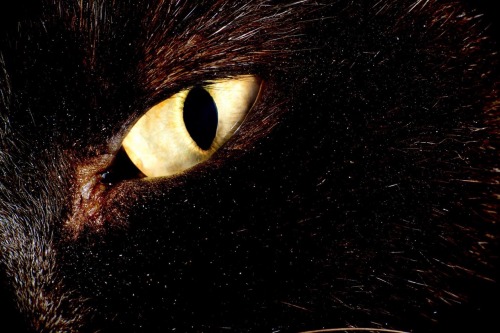
More from my picture book story ‘Us’. ‘One afternoon, with absolutely no warning whatsoever, Ted arrived. He was a little inky-black kitten with almond-shaped, green eyes.’
-
claraduparc: I made a Roman blind by hand, which is actually…
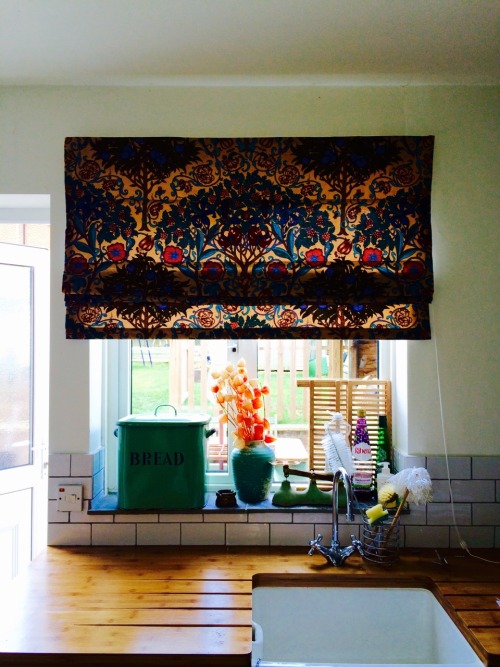
I made a Roman blind by hand, which is actually good and actually works. Liberty ‘Melbury’ fabric via Sue Ryder. Top tip Shirl.
-
I made a Roman blind by hand, which is actually good and…

I made a Roman blind by hand, which is actually good and actually works. Liberty ‘Melbury’ fabric via Sue Ryder. Top tip Shirl.
-
My box of dahlia tubers has arrived. I am going to win the…
My box of dahlia tubers has arrived. I am going to win the blousiest, loudest, most Nancy Sinatraish, Carry On, Diana Dorsish garden award of all time if these old lovelies all decide to come out to play. My favourites.

